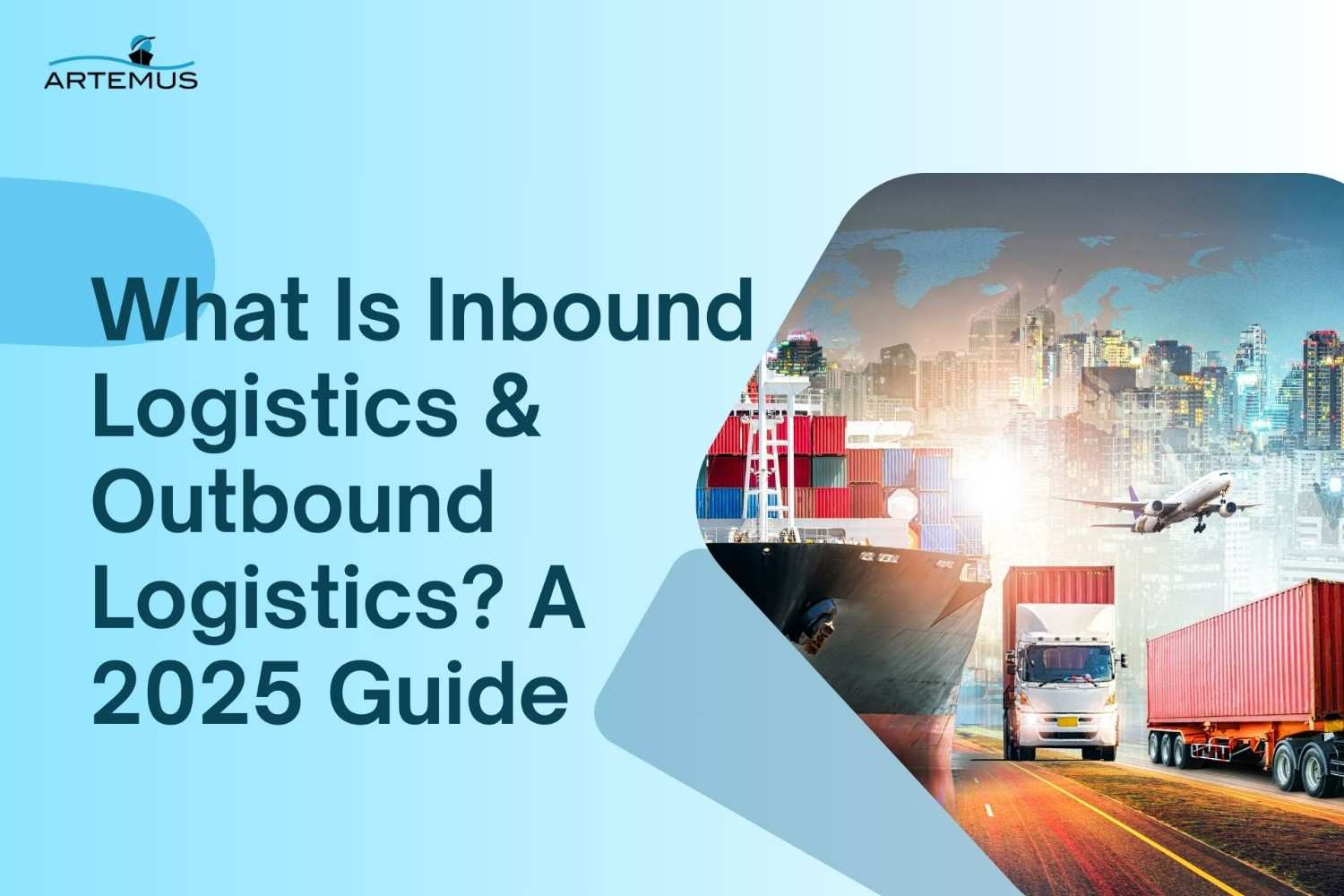
What Is Inbound Logistics & Outbound Logistics? A 2025 Guide
In the dynamic world of supply chain management, understanding the nuances of inbound and outbound logistics is crucial for operational
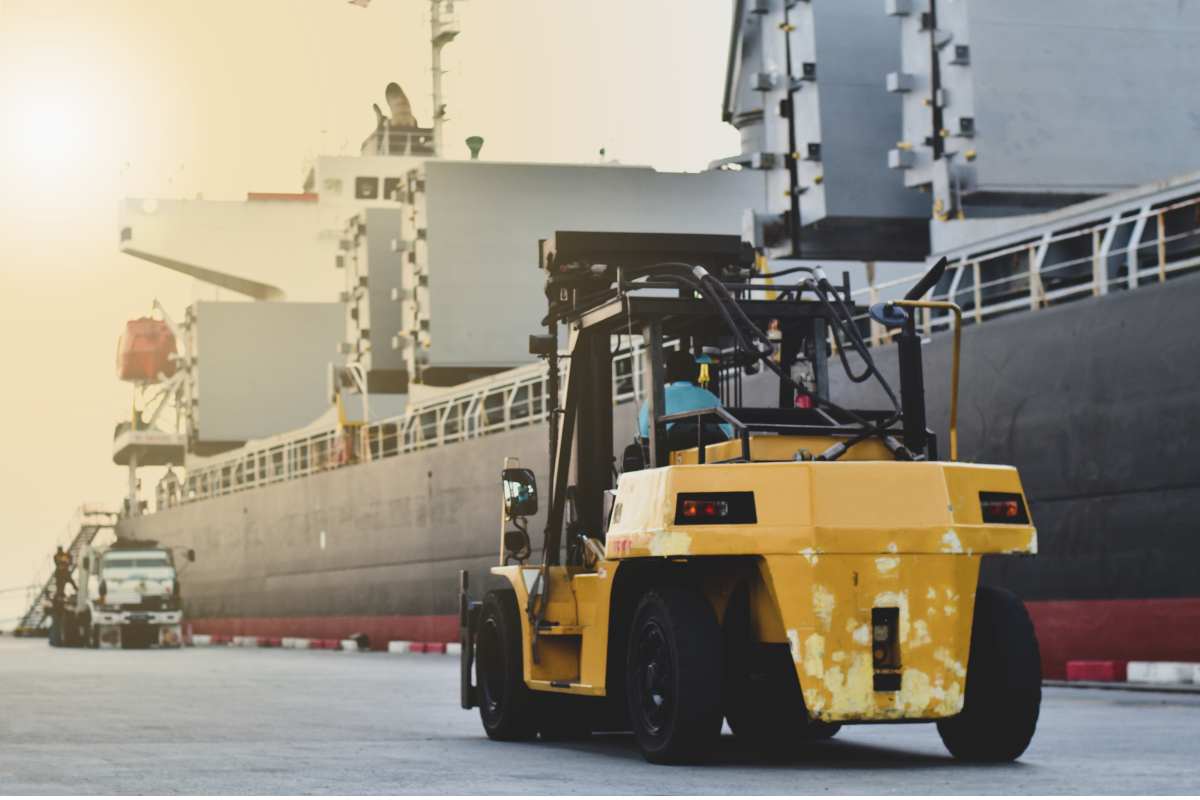
Navigating the complexities of ocean freight documentation can be daunting, especially when it comes to managing it for imports!
In this blog, we will delve into the essential documents required for the ocean freight process, exploring their significance and how they contribute to regulatory compliance, operational efficiency, and overall shipping success.
Whether you’re a seasoned professional or new to the industry, this guide aims to provide valuable insights to help you navigate the world of ocean freight documentation with confidence.
Moreover, at Artemus Transportation Solutions, we understand the intricacies of ocean freight documentation. Our comprehensive software solutions for Importer Security Filing (ISF) and Automated Manifest System (AMS) filings ensure your shipments meet all USA compliance requirements.
Table Of Contents
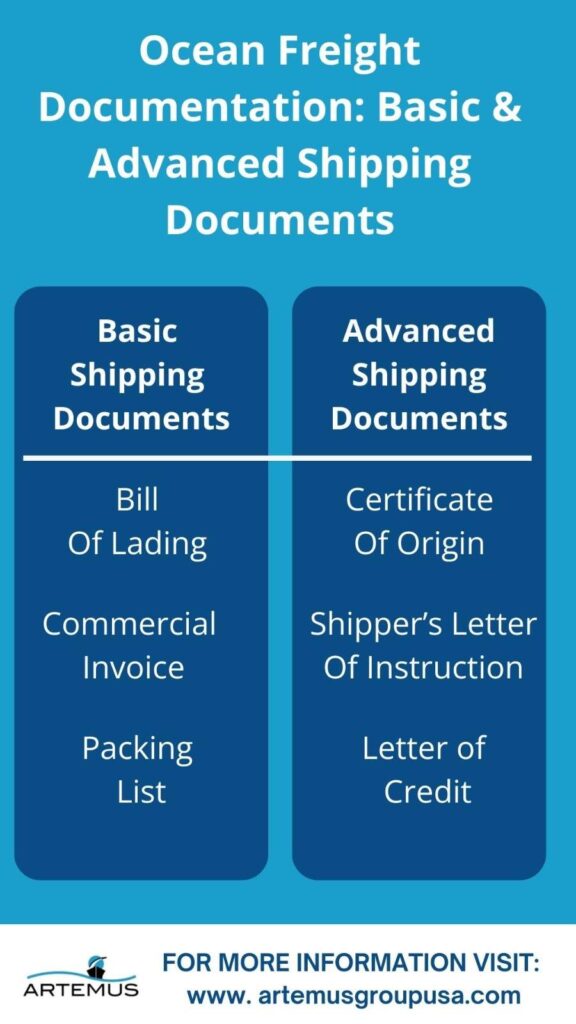
Ocean freight documentation is essential for ensuring smooth and efficient international shipping processes. These documents are categorized into basic and advanced types, each serving specific purposes in the supply chain.
Some of the basic documentation includes:
This essential document acts as a contract between the shipper and the carrier, detailing the shipment’s contents, destination, and terms. It includes the carrier’s name, shipment date, and a description of the goods, making it vital for both domestic and international shipments.
This document is a proof of sale between the exporter and importer. It includes details necessary for customs clearance, such as the value of goods, and descriptions that align with the packing list to avoid discrepancies.
This document lists all items in the shipment, along with their weights, dimensions, and quantities. It helps customs authorities verify the cargo and facilitates a smoother customs clearance process.
Issued by a chamber of commerce or similar authority, this document certifies the country of manufacture of the goods. It is essential for determining tariff treatments and for customs clearance.
The following are some of the advanced shipping documents needed:
This document provides detailed instructions from the exporter to the freight forwarder or carrier, including transport mode, payment terms, and contact information of involved parties. It ensures all parties understand their responsibilities, facilitating smooth communication and transaction handling.
A financial document issued by a bank guarantees the seller’s payment upon meeting the specified conditions. It mitigates risks in international trade by ensuring the seller gets paid once the goods are shipped as per the agreed terms.
Depending on the goods being shipped and the countries involved, an import or export license might be required. This document ensures that the shipment complies with regulatory requirements and is legally permitted to enter or leave a country.
If the shipment contains hazardous materials, this declaration is mandatory. It outlines the nature of the dangerous goods and the precautions that must be taken during transport to ensure safety.
The ISF must be filed at least 24 hours before the cargo is loaded onto the vessel. Failure to comply with ISF requirements can result in significant fines, penalties, and delays.
These documents help shippers navigate the complexities of international trade, ensuring compliance, reducing risks, and promoting efficient operations.
Additional Insights From Documentation Delays Push Industry Costs To $3bn
Documentation delays in the shipping industry are costing up to $3 billion annually, with charges of about $25 per container on 50% of loaded boxes. These delays stem from the slow processing of paper-based documents and payment clearance, leading to additional detention and demurrage costs.
The industry is divided on the benefits, with some shippers experiencing minimal issues and others facing significant logistical hurdles.
Related: How Long Does Sea Freight Take From China To USA?
Here’s a step-by-step guide to ensure you have all the necessary documents in place:
The commercial invoice is essential and includes details about the transaction, such as the seller, buyer, goods description, quantities, and value. It also indicates the incoterm used, which defines the responsibilities of the seller and buyer during the shipment.
Freight forwarders serve as vital intermediaries, efficiently managing and coordinating the complex logistics involved in shipping. They handle key documents and ensure compliance with regulations. Essential documents include:
Booking your shipment well in advance is crucial to avoid delays. Ensure all necessary documentation is completed before the goods are picked up.
The bill of lading is a critical document issued by the carrier, confirming the receipt of goods in good condition and outlining the terms of transportation. It serves as a shipment receipt and a document of title, allowing the consignee to claim the goods.
Additional documents may include:
By following these steps and ensuring all documents are accurately prepared and submitted, you can streamline the ocean freight shipping process and mitigate potential delays or compliance issues.
Related: Air Freight VS Sea Freight: What To Choose In 2024?
Effective ocean freight documentation is crucial for ensuring compliance and reaping numerous benefits throughout the shipping process. Proper documentation facilitates smooth customs clearance, prevents delays, and reduces the risk of fines and penalties. Here are some key advantages of maintaining accurate and comprehensive ocean freight documentation:
By leveraging advanced documentation practices and digital tools, shippers can enhance compliance, streamline operations, and improve overall efficiency in their ocean freight processes.
This not only ensures the smooth movement of goods across borders but also contributes to a more reliable and cost-effective supply chain.
Related: Freight Broker License Costs: The Price Of Entry In 2024
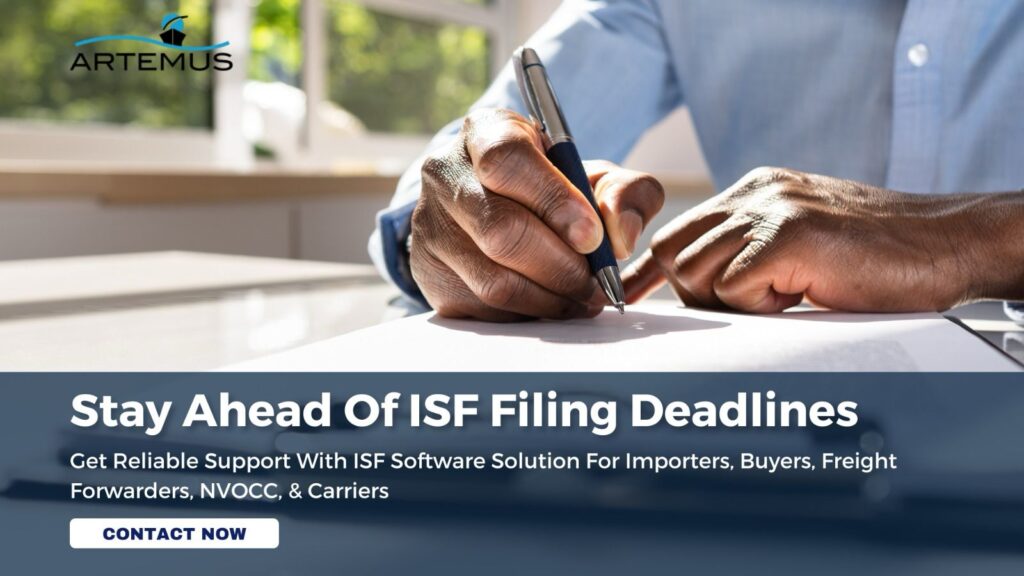
Artemus offers specialized software support to streamline these processes, ensuring that clients meet all regulatory requirements efficiently and accurately.
The ISF, also known as the 10+2 filing, is a critical requirement by U.S. Customs and Border Protection (CBP) to oversee ocean shipments entering the United States. This filing mandates importers to submit detailed information about the cargo, including seller, buyer, and manufacturer details, at least 24 hours before the goods are loaded onto the vessel.
Artemus’ ISF software simplifies this process by providing a user-friendly platform for accurate and timely submissions, reducing the risk of penalties and delays.
The AMS is an essential component of the import process, requiring carriers to submit electronic cargo information to CBP before goods arrive in the U.S. Compliance with AMS requirements helps expedite customs clearance and enhances supply chain visibility.
Artemus’ AMS software solution ensures that all necessary data elements, such as bill of lading details and cargo descriptions, are accurately filed and transmitted to CBP, thereby facilitating seamless and efficient cargo processing.
Related: What Is A Freight Broker & How Do They Work In 2024?
Sea freight documents are essential records used in international shipping to ensure the legal transport, customs clearance, and delivery of goods; they include the Bill of Lading, commercial invoice, packing list, and certificate of origin.
The three types of freight documentation are commercial invoices, bills of lading, and packing lists.
Shipping documentation refers to the paperwork and records that accompany a shipment, detailing its contents, origins, destinations, and terms of transportation.
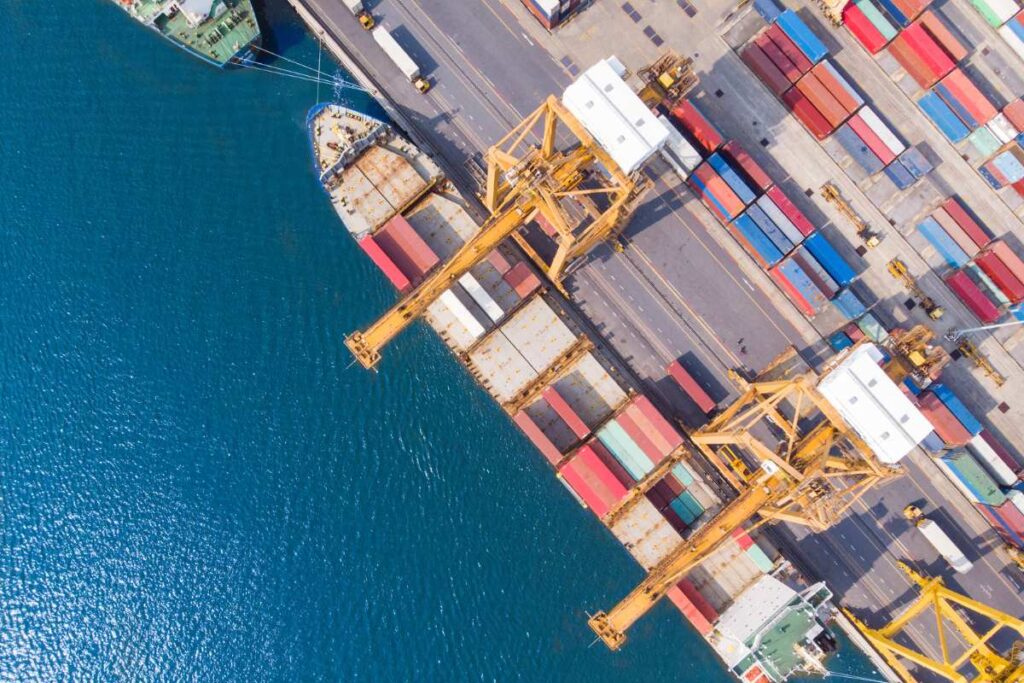
Ocean freight documentation forms the backbone of international shipping operations, ensuring smooth and compliant movement of goods across borders.
From comprehensive bills of lading that serve as contracts between shipper and carrier to detailed packing lists that facilitate accurate cargo inspection and customs clearance, each document plays a crucial role.
These documents not only provide transparency and accountability throughout the shipping process but also mitigate risks associated with logistics, ensuring that goods reach their destinations efficiently and in compliance with regulatory requirements.
Related: What Is Freight Forwarder Vs Broker: 6 Key Differences

In the dynamic world of supply chain management, understanding the nuances of inbound and outbound logistics is crucial for operational

In today’s interconnected world, businesses rely heavily on global trade to expand their markets, access new resources, and drive growth.
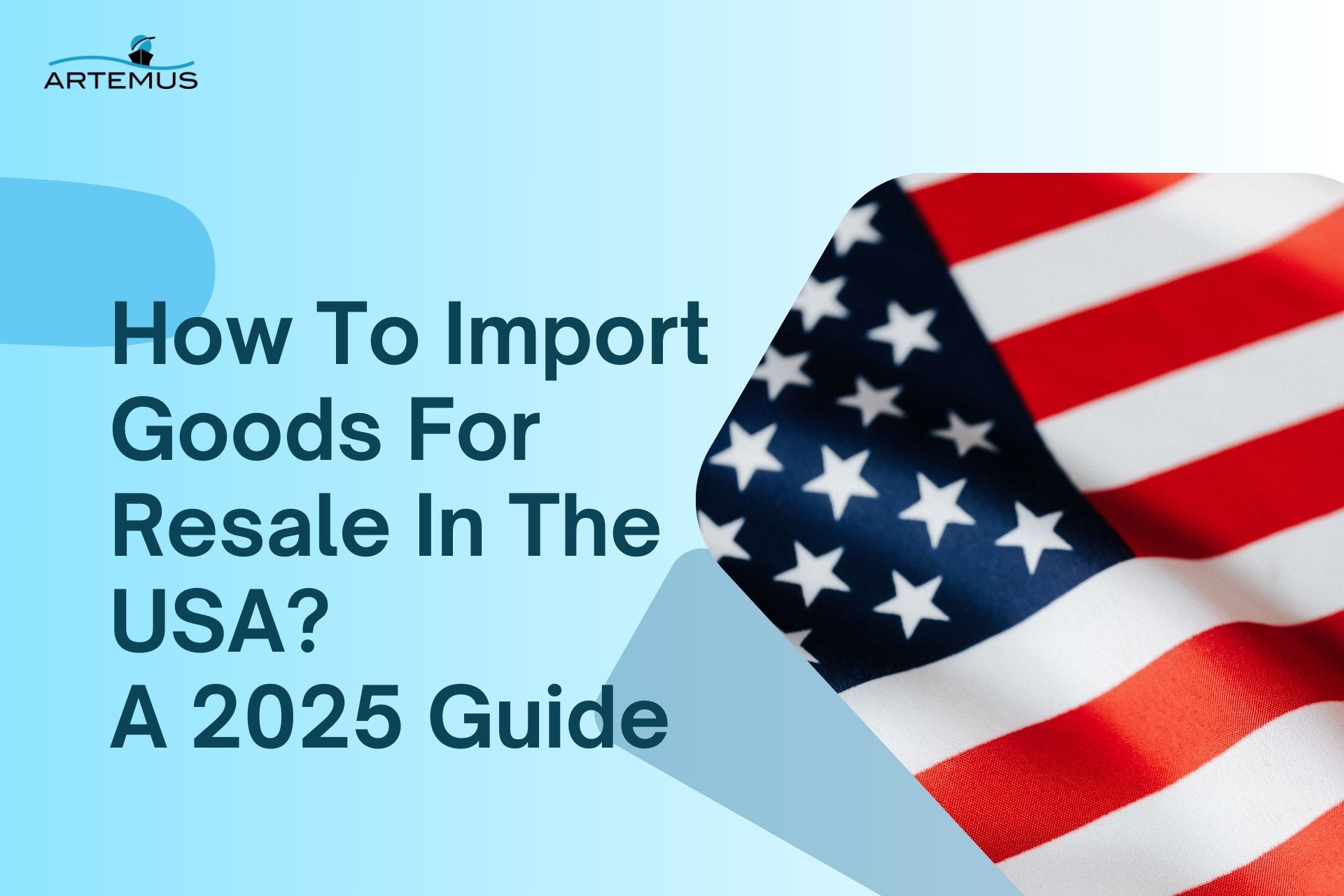
Importing goods for resale in the USA presents a lucrative business opportunity, but navigating the complexities of U.S. customs regulations,
Get In Touch
Artemus’ Software Solutions for ISF, AMS, Japan AFR, eManifest Canada, & Panama B2B filings.